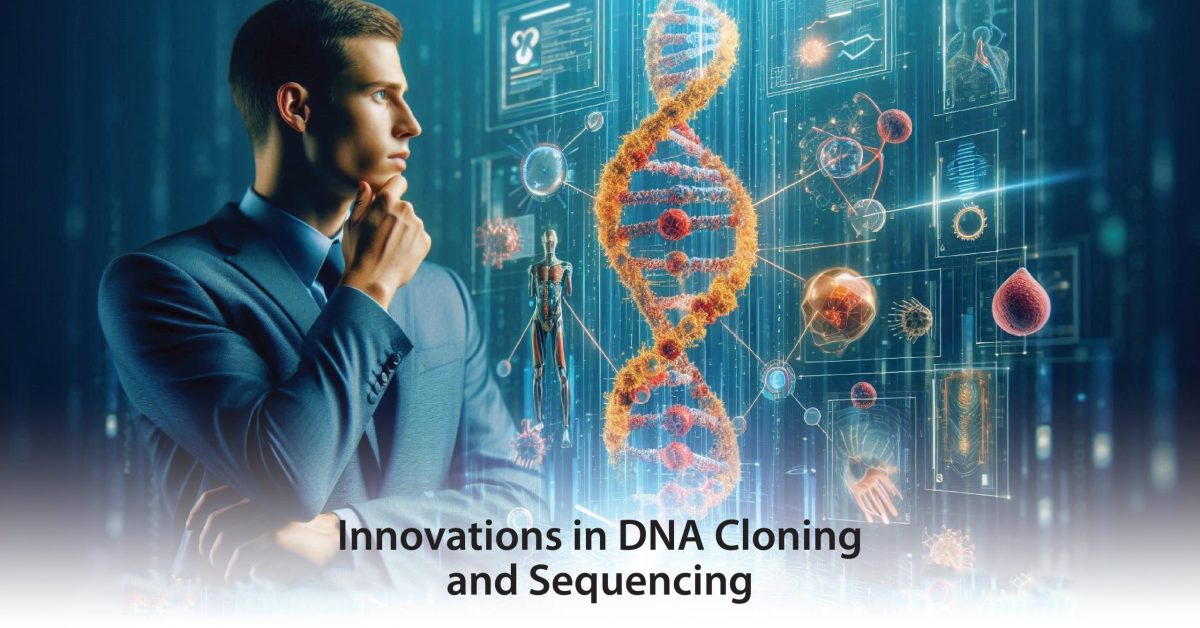Introduction
DNA cloning and sequencing have been an overwhelming game-changing field in the past 50 years, establishing our knowledge of genetics as well as enabling even more scientific discoveries. Together, these breakthroughs have helped to propel enormous advances in molecular biology, genomics, and biotechnology. These technologies have made it possible for researchers across the globe to study genetic information in greater detail than ever before by providing genomes that, when correctly copied and sequenced in their entirety on mapping platforms, can start being analyzed. Below the article will focus on some of the most important DNA cloning and sequencing innovations that helped revolutionize scientific research and provide relevant applications in all walks.
The Advent of DNA Cloning
Another tutorial is DNA cloning, the process of making and producing several copies of a certain portion of a DNA sequence so that genes of interest may be observed and controlled. One of the most revolutionary methods of DNA cloning is the polymerase chain reaction (PCR). This method enhances the target DNA segments so that one can produce millions of copies of a target sequence from a small sample. PCR is considered a universal reagent in genetic research and diagnostics as well as in forensic science.
Subsequent improvements in the cloning methods have gone a notch higher in both efficiency and flexibility in DNA cloning. One such innovation includes the synthesization of complementary DNA (cDNA) from messenger RNA (mRNA). This method enables the analysis of gene activity and generation of cDNA collections and sheds light on aspects of gene activity regulation. Also, the setting of single gene-specific oligonucleotide primers in cDNA cloning has been made easier, making it possible to generate the full length of the cDNA of a limited titer.
One other tangible improvement is the incorporation of synthetic biology strategies into DNA cloning. Here designed genetic components and synthetic genes are separately constructed by synthesizing DNA sequences and genetic circuits to possess specific functionalities. This approach has expanded the opportunity to engineer organisms with desirable and hitherto unrecognized characteristics that include the synthesis of biofuels and medical uses.
